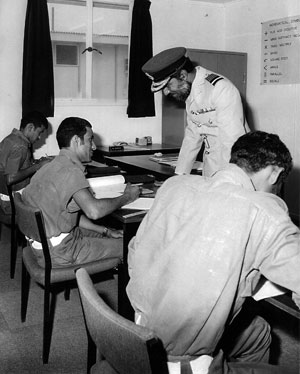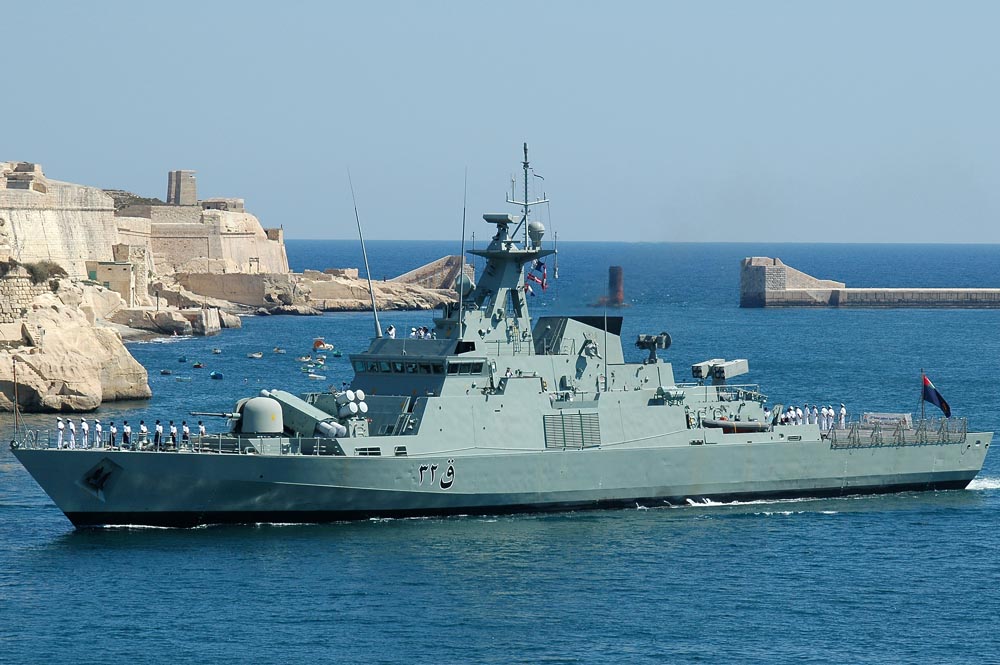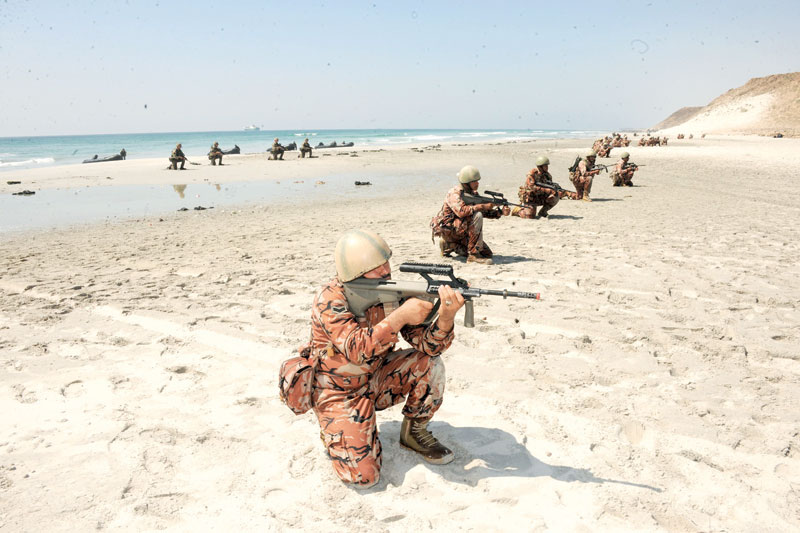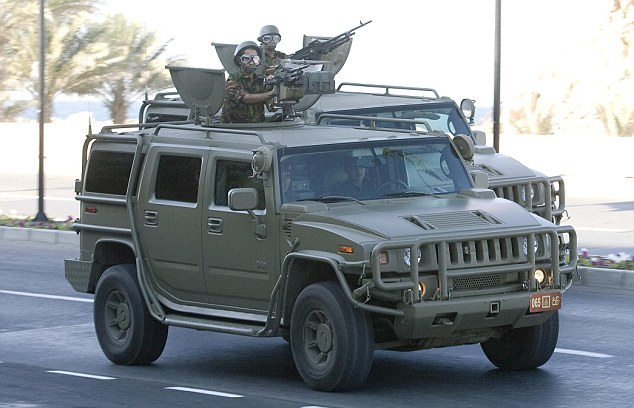Ahmed Jo
FULL MEMBER

- Joined
- Jun 16, 2014
- Messages
- 847
- Reaction score
- 1
- Country
- Location
I gathered info from around the web to make this thread, hopefully I didn't mess up the images 
--------------------------------------------------------------------------------------------------------------------------------------------
The Sultan of Oman's Armed Forces (SOAF — Arabic: القوات المسلحة لسلطان عمان, transliterated: al-Quwāt ul-Musalḥatu as-Sulṭān ‘Umān) are the Royal Army of Oman (Arabic: الجيش العماني, transliterated: al-Jaīsh al-‘Umānī), Royal Navy of Oman,Royal Air Force of Oman and other defence forces of the Sultanate of Oman. Since their formal establishment in the early 1950s, with British assistance they have twice overcome insurgencies which have threatened the integrity or social structure of the state, and more recently have contributed contingents or facilities to coalitions formed to protect the Persian Gulf states. (ahem, Arab Gulf)
Royal Army of Oman


 (11th Brigade, Western Frontier Regiment)
(11th Brigade, Western Frontier Regiment)

(Omani Challenger 2)

(Omani Chieftain tanks)

(Omani M60A1 tanks)

(Omani L118 Howitzers)
Full list of the Army's equipment:
Armoured Vehicles

--------------------------------------------------------------------------------------------------------------------------------------------
The Sultan of Oman's Armed Forces (SOAF — Arabic: القوات المسلحة لسلطان عمان, transliterated: al-Quwāt ul-Musalḥatu as-Sulṭān ‘Umān) are the Royal Army of Oman (Arabic: الجيش العماني, transliterated: al-Jaīsh al-‘Umānī), Royal Navy of Oman,Royal Air Force of Oman and other defence forces of the Sultanate of Oman. Since their formal establishment in the early 1950s, with British assistance they have twice overcome insurgencies which have threatened the integrity or social structure of the state, and more recently have contributed contingents or facilities to coalitions formed to protect the Persian Gulf states. (ahem, Arab Gulf)
Royal Army of Oman
- One divisional HQ
- Two brigade HQ (Northern Brigade, Southern Brigade) with a 3rd in the process of being established for Border Security
- Armour
- Two Armoured Regiments (battalion-sized, one with Challenger 2, one with M60A3)
- Armoured Car Regiment (battalion)
- Infantry
- Mechanized Regiment (one battalion)
- Muscat Regiment (one battalion)
- Northern Frontier Regiment (one battalion)
- Desert Regiment (one battalion)
- Jebel Regiment (one battalion)
- Southern Regiment (two battalions, composed of Baluchi personnel)
- Artillery
- Four Artillery Regiments (battalions)
- SAF Signals
- SAF Engineers
- SAF Electrical & Mechanical Engineers
(Omani Challenger 2)
(Omani Chieftain tanks)
(Omani M60A1 tanks)
(Omani L118 Howitzers)
Full list of the Army's equipment:
Armoured Vehicles
- Challenger 2 main battle tank (38)
- Challenger Armoured recovery vehicle (40)
- Chieftain tank-MK-5 (27)-status unknown
- M60A1 (60)
- M60A3 (93)
- M88A-1 Recovery (11)
- M728 Recovery (31)
- B1 Centauro with 120 mm gun (Hitfact) (9) in service 2009-10
- Mowag Piranha 8x8 LAV's (175)
- Panhard VBL (132) including 8 with BGM-71 TOW ATGM Missile launcher.
- Panhard VAB 4x4 &6x6 including 6 with 2RM 120mm heavy mortar\ 6 VAB-VCI and 8 VAB-VTT (56)
- Fahd APC (31-100)
- WZ-551B (50)
- HMMWV Hummer
- Commando MK-III 4x4 (100)
- FV101 Scorpion (97)
- FV103 Spartan (34)
- FV105 Sultan (31)
- FV106 Samson (30)
- Alvis Stormer (9)
- Alvis Saladin (38)-status unknown
- Saxon (22)
- Cadillac Gage Commando (20)
- Russia BTR-80-?

- VBC-90 (19)
- MAN TAG heavy trucks
- ACMAT VLA 6x6
- ACMAT VLRA 4x4
- Landrover 4x4
- Type-90A 122mm MRLs (12)
- G6 howitzers (24)
- M-109A2 (15)-status unknown
- L118 Light Gun (39)
- Type 59-1 (12)
- Soviet Union M46 130mm Gun (15)

- FH-70 (12)
- 122 mm howitzer 2A18 (D-30) (30)
- L16 81mm Mortar
- M-102 105mm Howitzer (36)
- Brandt 120mm mortar (12)
- 2R2M 120mm SP\on VAB mortar (14)
- M-30 107mm mortar-SP\on M-106A-2 APCs (12)
- BGM-71F TOW-2B ATGMs (18)launchers\562 missiles.
- BGM-71A\C Improved TOW ATGMs 26 launchers\220 missiles.
- FGM-148 ATGMs 30 launchers\250 missiles
- Milan ATGMs 32-50 launchers
- LAW MK-80 Light ATRLs
- RPG-7V Light ATRLs
- Oerlikon 35 mm twin cannon GDF-007 (10)
- Skyguard-AD system (Aspide SAMs+Oerlikon GDF-002 35mm twin AAGs)[citation needed]
- Bofors 40mm gun
- VDAA 2x20mm SP-AAGs (9)
- ZU-23 2x23mm AAGs (4-5)
- M-167A2 VADS 20mm AAG[citation needed]
- SHORAR radar system (2)
- Blindfire radar systems for Rapier missiles (18)
- Skyguard-radar systems for Skyguard A\D systems (5)
- Cymbeline artillery location radar (3)
- Tigercat SAMs[citation needed]
- Crotale anti-aircraft missile used on the Qahir-class corvette
- Avenger SP-air defense system-on order (18)
- Rapier MK-2\Jernas SAMs (5) launchers\600 Rapier-1+ 800 Rapier-2 missiles.
- Mistral anti-aircraft missile (54) launchers\230 missiles.
- Blowpipe MANPADs-200 missiles.
- Javelin MANPADs (30) launchers\280 missiles.
- SA-7 Grail MANPADs (34)
- NASAMS[5]
- THAAD anti-missile system[6]
- Browning Hi-Power MK-2 Pistol
- SIG Sauer P226
- S&W M38
- INSAS Standard Assault Rifle of Oman Army
- Steyr AUG Service Rifle
- M16A1/A2/A4 Service rifle
- M4 carbine
- Bushmaster Carbon 15
- SIG SG 540
- FN FAL 50-00/L1A1
- H&K G3
- FN Minimi SAW
- FN MAG Machine gun
- M2 BrowningHB Machine gun
- M203 grenade launcher
- M79 grenade launcher
- PCMVMF
- Accuracy International Arctic Warfare
- Barrett M82
- H&K MP5A3
- H&K MP7A1
- Sterling MK-IV (L2A3)



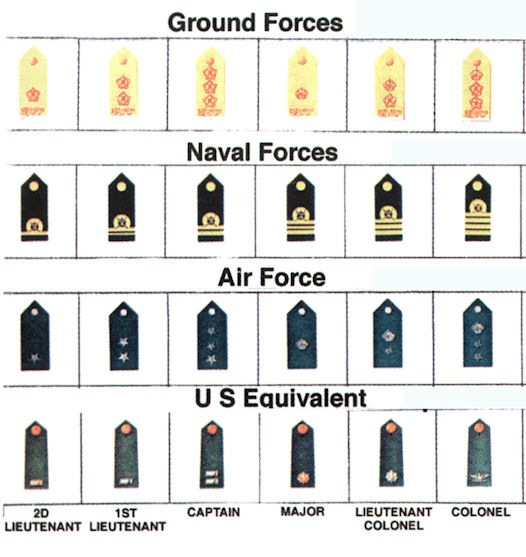
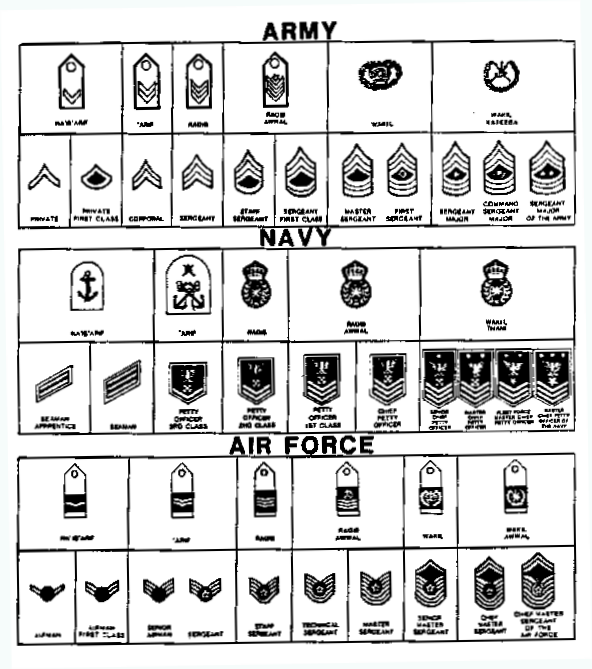




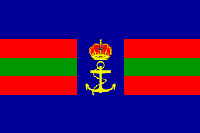

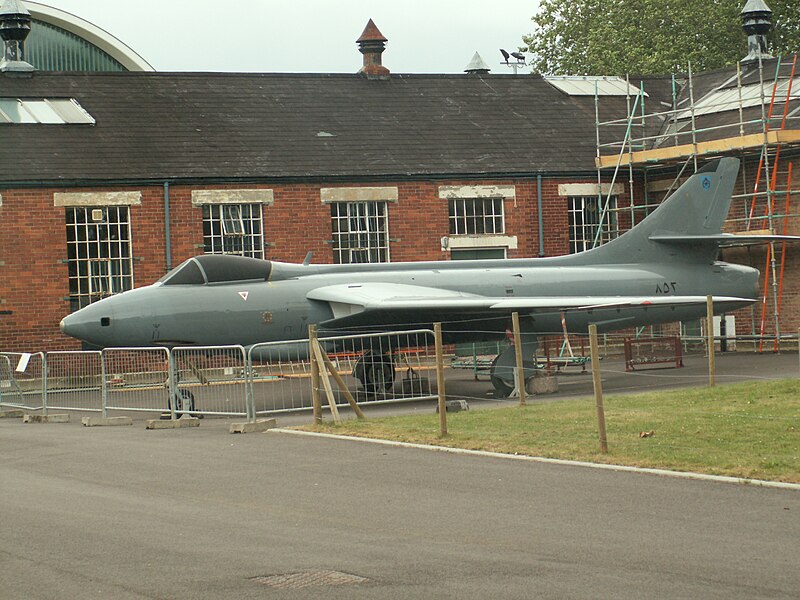

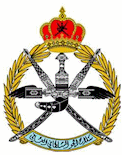
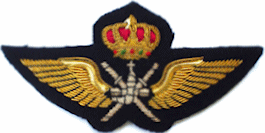



 Wait a second. I covered all the essentials already.
Wait a second. I covered all the essentials already.